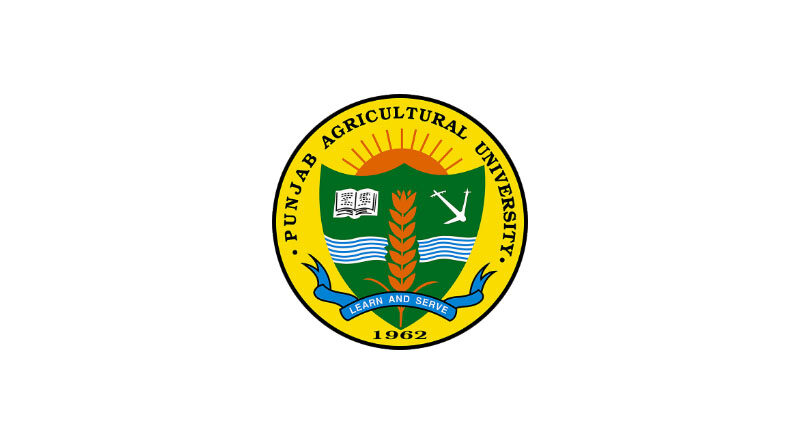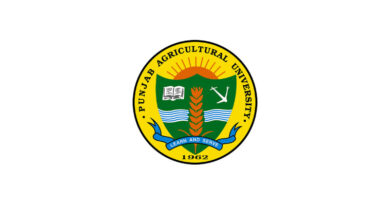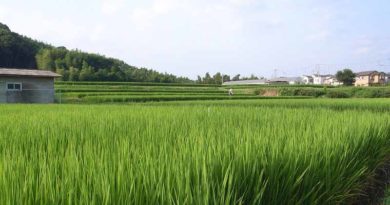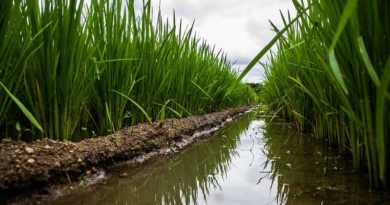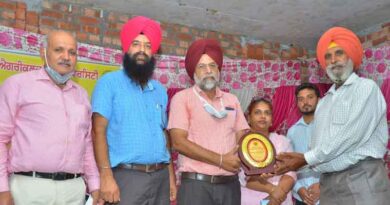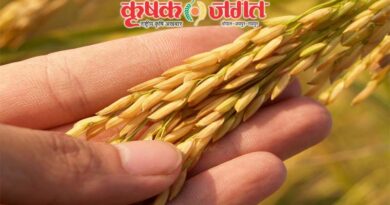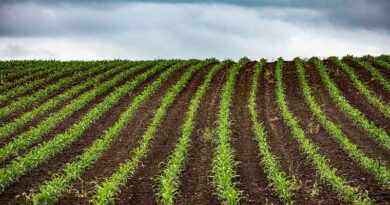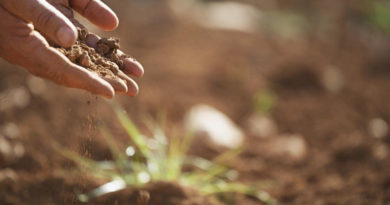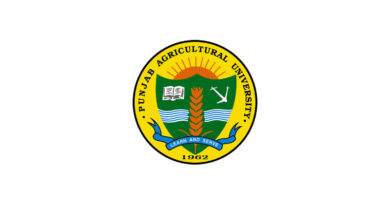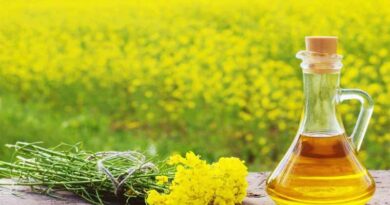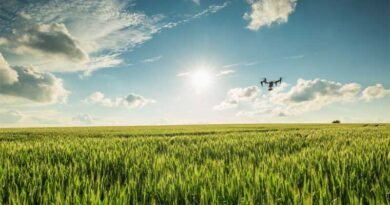PR 126 Rice Variety, A Boon for The Punjab State: PAU Expert
20 May 2021, Punjab, IN: The expert of Punjab Agricultural University (PAU) has advised the farmers of Punjab to cultivate PR 126 rice variety, which is a resource use efficient and helps to sustain the rice production by addressing the problem of declining water table while maintaining higher profitability.
Dr GS Mangat, Additional Director of Research (Crop Improvement), said late transplanting i.e. June 25 to July 5 and transplanting 25-30 days seedlings are the major factors to be taken care for realizing higher productivity from PR 126. About its characteristics, Dr Mangat said: “The variety PR 126 matures in 93 days after transplanting, hence takes about 3-4 weeks lesser than the long duration varieties (Pusa 44, Peeli Pusa and PR 118). Due to shorter duration, PR 126 escapes abiotic stresses as well as the incidence of insect-pests and diseases, thereby, leading to lower cost of cultivation. The straw load of this variety is also lower than that of long duration varieties. By growing PR 126, farmers can avail the additional benefit of efficient straw management, thereby, timely sowing of wheat and hence less weed pressure in wheat. The cultivation of PR 126 also offers scope for the adoption of multiple cropping systems i.e. taking three crops a year. By adding third crop in the cropping system, farmers can enhance their farm income. The inclusion of leguminous crops, such as, summer moong/ peas will also help in improving soil health and saving of nitrogen in the next crop in cropping system. Due to all these advantages, this variety covered about 14 per cent area under paddy cultivation in the state during 2020.”
Dr Mangat further disclosed: “A survey of farmers’ fields revealed that PR 126 yielded between 25.0 to 37.2 q/acre. Many of the farmers got the yield of PR 126 ranging between 29.0 to 37.2 q/acre but the lower yield i.e. 25.0 to 29.0 q/acre at some of the farmer’s field has been ascribed to many reasons given by farmers themselves, such as, early sowing and transplanting aged seedling. Hence, there is an ample scope for realizing higher productivity from PR 126 by sticking to late sowing (nursery sowing at the end of May to early June and transplanting at the end of June to early July) and transplanting 25-30 days nursery. The data indicate that in case of PR 126, the transplanting of July 5 was as good as June 25and better than June 15. It indicates that the variety PR 126 is more suited under late transplanting conditions.”
The data of trials conducted at PAU, Ludhiana also indicated that PR 126 is very sensitive to nursery age and for higher yield, transplant 25-30 days old seedlings because transplanting aged seedlings results in drastic yield reduction, he added.
Dr Mangat stressed upon adopting water efficient and economically viable technologies of paddy production. Amongst such technologies, the selection of short duration variety (such as PR 126) and adoption of improved agronomic practices are the important inputs, he observed.

